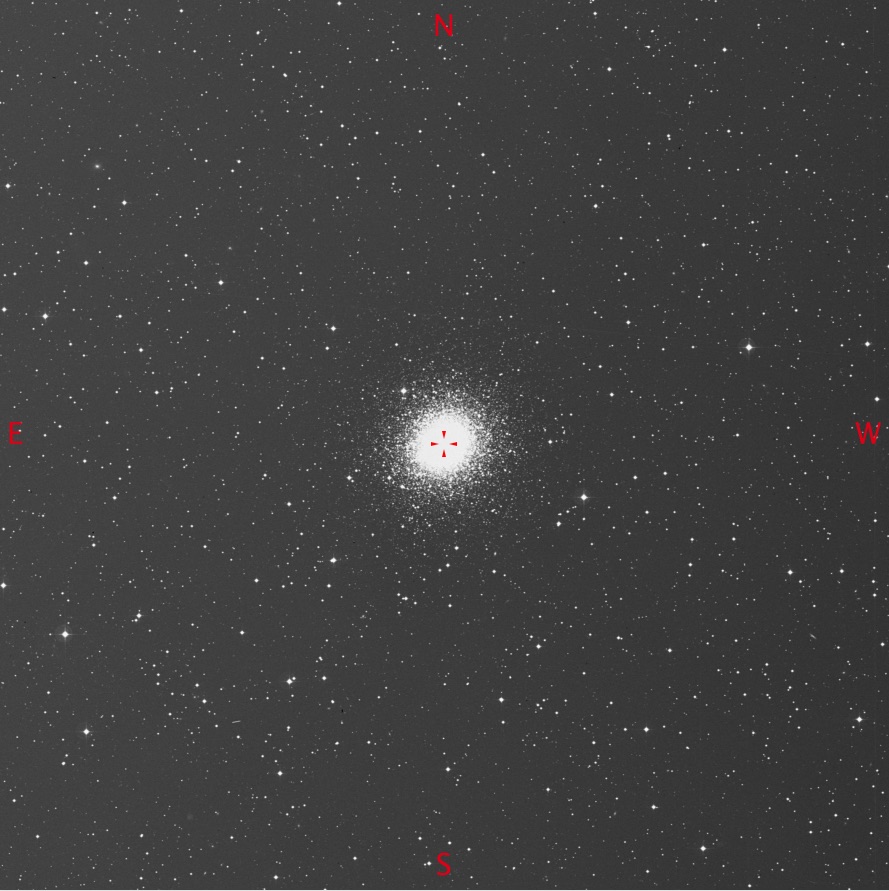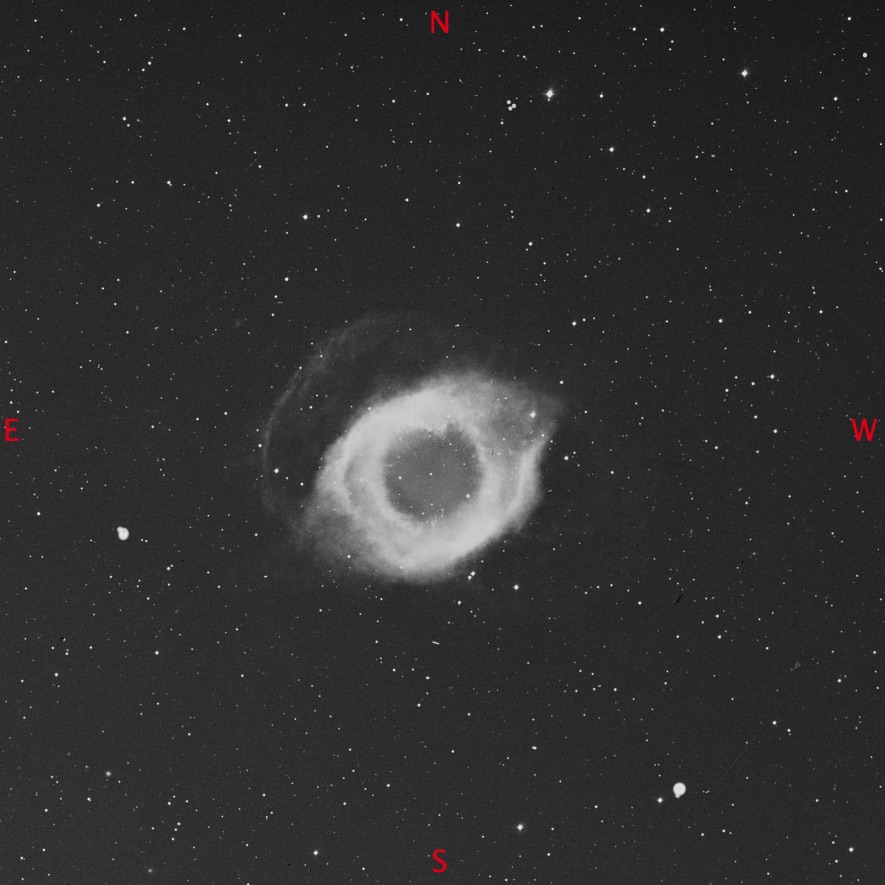Well I guess the recent run of clear nights has probably come to an end. The high pressure that has been sitting over us for the last few weeks, has now made way for Low pressure, which is bringing in high winds and all the cloud from the North. Looking at the logs, I’ve had 12 observing sessions in a little under two months – a record number, which has included 50 unique objects observed.
The best night for clear skies for a while. With low temperature 6.0c and the lowish humidity, made for excellent transparency at higher declinations.
The only major notes I took were of M2, but as we both just wanted to have a mooch around the sky looking at some of the more spectacular objects, I didn’t bother to record details of the other objects we saw, except an overall impression.
Session Stats
- Date: 14/10/2015
- Time: 19:45 – 22:21 UT
- Seeing: II Mostly Stable,
- Transparency: I Extremely Clear,
- Temp:6.0c,
- Pressure: 1011mb,
- Humidity: 78%,
- Dew Point: 2.5 ,
- Wind: 6.0mph,
- SQM: 18.5
- NELM: 5.3
NGC7479
Not Seen. This really was too low to have made this a realistic chance of seeing this object. Need to re-observe.
M2, NGC7089

In the Altair 250mm f/8 RC, 10mm Delos, 203 X, 21.3′ West is to the 8 O’Clock.
There are a couple of 11.5 mag stars, 4 arc/min to the SW and the outer limits of M2 seems to reach about halfway to them. Looking at the image later, it looks like I’m not really seeing the outer edge. This makes the cluster about 4 arc/min in diameter – way smaller than the given 13 arc/min.
The core stars are not resolvable, but it looks granulated.
Wayhay…a really slowly moving satellite passes through the Northern quarter of the FOV.
If I switch to the Altair 250mm f/8 RC, 14mm Delos, 145 X, 29.8′ you can make out three areas of brightness, the brighter inner core, then a thinner slightly darker ring followed by the even fainter outer reaches as they fade into the background. I use the word ring which would indicate hard lines – but the transition is a lot softer than that, but the effect is definitely observable.
We also had a look at M13 right afterwards and the comparison between these two clusters is quite striking.
M13, NGC6205

Altair 250mm f/8 RC, 14mm Delos, 145 X, 29.8′
I never tire at looking at M13.
Comparing it with our observation of M2 just moments earlier, the thing that strikes you most is how much more structure there is in M13. There are tendrils of stars meandering all over the place and a lot more of the stars towards the core are resolvable.
C63, NGC7293

In the TMB 80 f/6, 26mm Plossl, 18 X, 2.8° I barely made it out, but a pretty terrible view compared with my previous observations.
C2, NGC7000

The view wasn’t quite as good at the previous night, despite the marginal improvement in conditions generally. Really need to try using the TMB and trace out the edges in a bit more detail. Also, Sue French’s ‘Deep Sky Wonders’ tour contains a number of other NGC and Collinder objects within the Nebula, that need investigating.
M27, NGC6853

In the Altair 250mm f/8 RC, 14mm Delos, 145 X, 29.8′, UHC Filter, West is the the 2 O’Clock.
We spent some time looking at this through various filters, but the OIII provided views of the faint nebulosity within the bite marks and the outer edge of this stood out against the background sky. This is the first time I’ve observed this amount of fainter detail, so maybe all these recent observations of M27 are starting to pay off. A real belter of a sight through this scope/eyepiece combo.
M102, NGC5866

In the Altair 250mm f/8 RC, 14mm Delos, 145 X, 29.8′, West is to the 5 O’Clock.
Not much to say about this. The Galaxy is running SE/NW – I didn’t measure the dimensions. Apprently this Galaxy has a similar shape to the core of M101, which in part, explains why the two objects might have been confused with each other when they were recorded my Messier and Mechain.